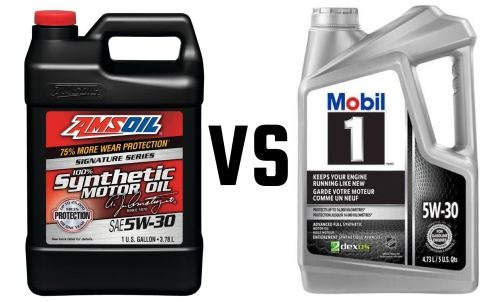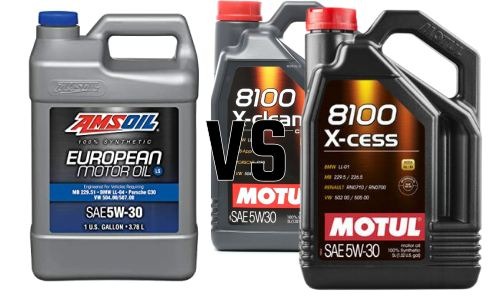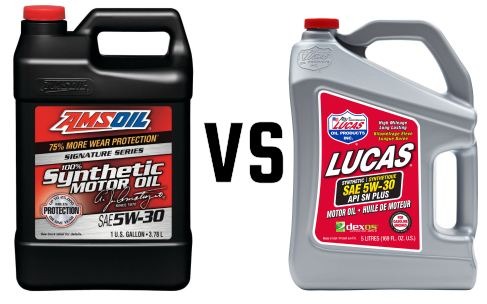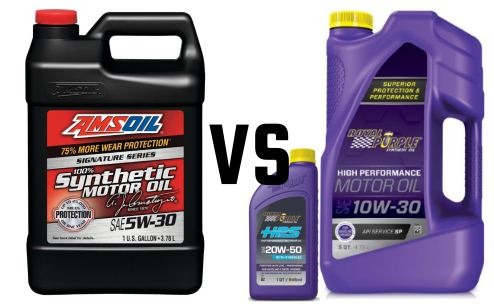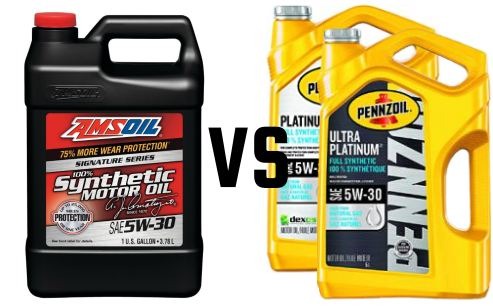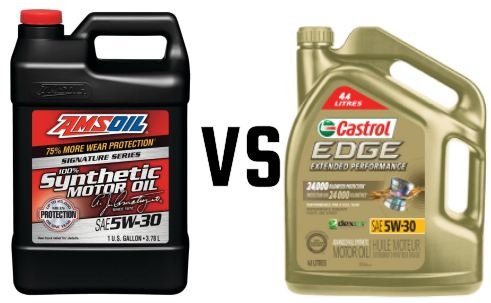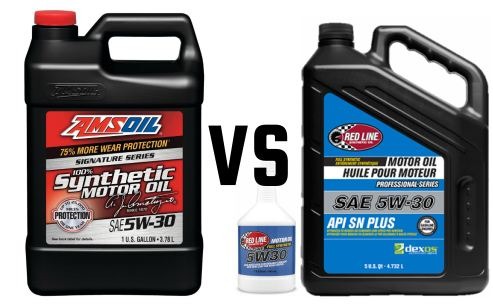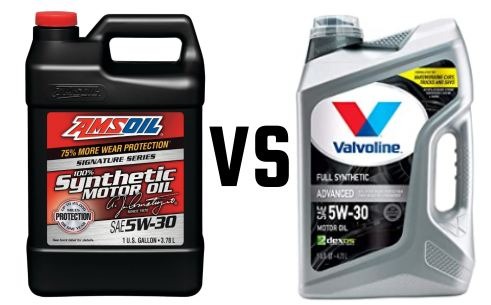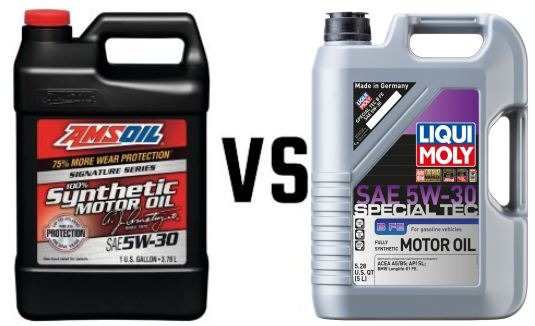HEAD TO HEAD COMPARISONS
The only way to accurately compare motor oils is by using the standardized ASTM test data. This data is provided by the oil companies and made public to consumers. ASTM Test numbers are extremely valuable when you know how to read and understand them. Our mission is to provide a simple yet highly detailed explanation of the tests performed and there importance when selecting a motor oil. Our goal is to allow anyone who wants to compare motor oil to understand the tests and make a fact based decision on which oil they should buy.

Mobil 1
- Full Synthetic
- Unknown % of Protection against Low Speed Pre Ignition
- TBN – Total Base number – Test numbers are not shared
- Cold Crank Viscosity at -30°C/ -22°F – Test numbers are not shared
- Pours at -45°C (-49°F) – cold temperature performance allows the oil to circulate in a lubrication system.
- High Flash and Fire Points – highly resistant to breakdown at normal operating temperatures.
- Low Volatility Weight Loss % – Test numbers are not shared
- High Temperature / High Shear – Test numbers are not shared
- Service Life – *Protect*Protection for up to 16,000 kilometers or 1 year, whichever comes first.
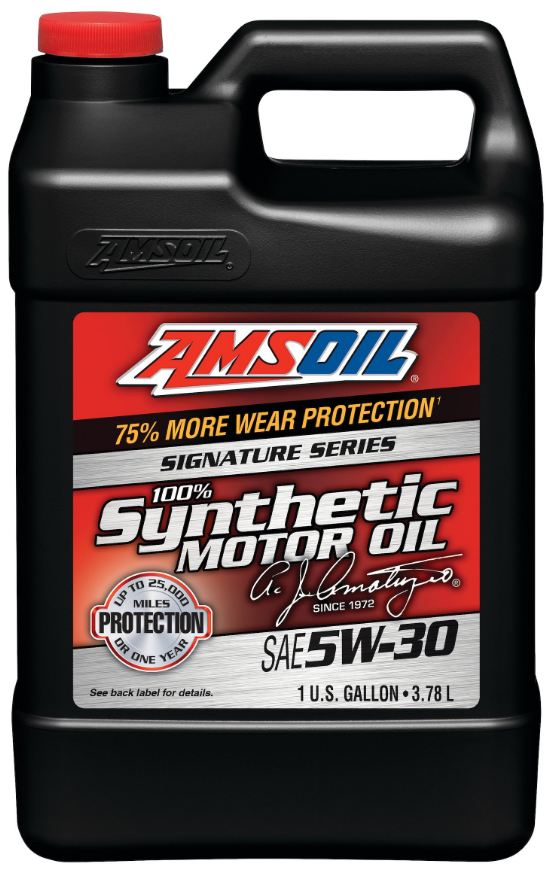
AMSOIL
100% Synthetic – chemically engineered to form pure lubricants with predictable properties. Uniform molecular structures impart properties that provide better friction-reduction, optimum fuel efficiency, maximum film strength and extreme-temperature performance
100% Protection against Low Speed Pre Ignition
High (TBN) – Total Base number neutralizes acidic contaminants formed during the combustion process and keeps these contaminants in suspension to prevent corrosion.
Low Cold Crank Viscosity at -30°C/ -22°F – means the oil is fluid and thinner at low temperatures which provides wear protection, reduces resistance and requires less energy to pump and circulate throughout the engine during start up.
Pours at -50°C (-58°F) – cold temperature performance allows the oil to circulate in a lubrication system easily at frigid temperatures. Being able to circulate at low temperatures means that engine components are protected during cold starts.The low viscosity reduces drag on engine components, allowing them to move more efficiently.
High Flash and Fire Points – highly resistant to breakdown at normal operating temperatures. Provides more protection than conventional oils because they resist oxidation and thermal breakdown, retaining their pumpability and heat transfer abilities.
Low Volatility Weight Loss % – improved resistance to burn-off, reduced oil consumption and keeps valves clean. Engineered to have uniform molecular shapes and weights. The advantage to this homogeneous composition Is that there are less ‘light fractions’ that are susceptible to evaporation.
High Temperature / High Shear – superior wear protection in extreme temperatures. The higher the test result, the greater the level of protection. Due to the fact that the oil does not degrade when exposed to high temperatures and high shear forces. Essentially, the viscosity characteristics are maintained at high temperatures.
Service Life – Extended Drain Intervals – Normal Service – Up to 25,000 miles (40,200 km), 700 hours of operation or one year, whichever comes first, in personal vehicles not operating under severe service. Severe Service – Up to 15,000 miles (24,140 km), 700 hours of operation or one year, whichever comes first. Severe service conditions include commercial or fleet vehicles; excessive idling; or frequent towing, hauling, plowing or driving in dusty conditions.
